On 27th October President Trump of the United States announced the killing of Al Baghdadi and claimed that his was a bigger achievement than that of a similar capture and killing of Osama bin Laden, believed to be the inspiration, if not the master mind, behind the 9/11 that left a toll of 2996.
Trump derived considerable malicious pleasure narrating the last moments of the leader of the Islamic State (I.S.); Al Baghdadi “was scared out of his mind,” “a coward,” and he “died like a dog…. He died after running into a dead-end tunnel whimpering and crying and screaming all the way.” Trump added that the Islamic State leader took three children into the tunnel with him and killed himself and the children by detonating an explosive vest and collapsing the walls around them. The American commandos confirmed his identity and left with some of al-Baghdadi’s body parts, he said, adding: “There wasn’t much left.”
Some American pundits have claimed that it was a ‘game -changer’ while others have disagreed. As a matter of fact, for Trump facing the thickening cloud of impeachment as he is running for the 2020 election, this could prove to be a game-changer to an extent. His claim that the country is safe under him as commander-in-chief will be taken seriously by his hard-core supporters and some others. However, this killing might not prove to be a game-changer in another sense. The I.S. might soon appoint a successor; its followers, still numbering in thousands spread over a large area from Afghanistan to Africa and even Europe might get motivated to wreak revenge and carry out attacks. The state authorities might not succeed in detecting and preventing all such attacks.
The Origins of the IS
The IS is only a part of the Islamic extremism that originated in the Arab world, primarily as a response to the domination of the West in general and more specifically of the U.S. As a matter of fact, Osama bin Laden, the founder of Al Queida, emerged as a charismatic leader in the fight against the Soviet occupation of Afghanistan not only because of his innate leadership qualities but also because of the active support he got from the U.S. intelligence agency, the C.I.A.
In 2003, the U.S. invasion overthrew Saddam Hussein’s regime. He was a Sunni ruling over a society with Shia majority. The post-Saddam Hussein governments tended to be sectarian and the Sunnis felt deprived. It was the Al Queida of Iraq (A.Q.I.) that spearheaded the Sunni resistance to a pro-Shia government in Baghdad, supported by the U.S. that provided the seed for the I.S. As the Arab Spring turmoil began in 2011, the authority of Syrian President Assad rapidly eroded. The A.Q.I., by now renamed as Islamic State of Iraq (I.S.I.) and later as I.S.I.L. (Islamic State of Iraq and the Levant), moved into Syria in 2011-12 and found a base in Raqqa from where it expanded in both Syria and Iraq.
Role of the U.S. Under Obama
We shall now deal with the role of Obama in permitting the I.S.I.L. to expand and transform itself into I.S. eventually controlling an area larger than the United Kingdom and about 8 million human beings. It should be noted that most accounts of I.S. have omitted to mention this. Even President Trump has not highlighted this for scoring a point over Obama.
When Raqqa fell to I.S.I.L., and became its de facto capital in 2014, the U.S. intelligence concluded that it was a favourable development as it marked the decline of Assad’s hold on his state and Washington might be able to use some time in future the I.S.I.L. as an asset against Assad. That is the reason for Obama’s not taking military action to prevent the I.S.I.L. forces led by Abu Bakr al-Baghdadi from taking over Mosul, the second largest city in Iraq, in June 2014. The battle lasted for six days from 4th June.
The Pentagon had enough ground and air assets in Iraq and could have easily come to the rescue of the demoralized Iraqi troops in that city. The troops were from the Shia community and hence were unwelcome in a predominantly Sunni city. Instead of assisting Iraq in fighting the I.S.I.L., Obama made the fatal mistake of using the situation to put more pressure on Prime Minister Al Maliki to reach out to the Sunni insurgents and the Sunni community. The Prime Minister had aggravated the Sunni insurgency by his sectarian action.
It was the capture of Mosul that marked the emergence of I.S. From the 850-year-old Grand al-Nuri Mosque, Abu Bakr al-Baghdadi proclaimed the establishment of I.S. The date chosen was symbolic, the 4th of July 2014.
The Rise and Fall of I.S.
The growth of IS and its decline can be seen from the maps below:

President Obama, who permitted the fall of Mosul changed his mind as the I.S. expanded, and Erbil, the capital of Iraqi Kurdistan where the U.S. companies have a sizable presence, appeared to be in danger. By August 2014, the Pentagon started air attacks in Iraq and extended them to Syria the next month. The anti-I.S. coalition brought together U.S. and Iran, the Europeans and the Arabs, and, above all, Russia. There was more than one coalition fighting the I.S. The Western accounts often give the wrong impression that there was a single coalition, led by U.S.
The I.S. established a state based on slavery for the majority and enforced harsh Sharia laws. Rape of non-Sunni women was permitted and even encouraged. However, the oppressed majority was in no position to revolt effectively.
Like a magnet attracting iron filings, the I.S. attracted thousands of activists from outside Syria and Iraq. A study by the United Nations estimated that about 40,000 foreigners had joined the I.S. A detailed study by the International Centre for the Study of Radicalization (ICSR), King’s College, London, based on official, academic and other data concluded that 41,490 human beings - 32,809 men, 4,761 women, and 4,640 children - from 80 countries were specifically affiliated with I.S. Another study found that 18,852 came from the Middle East and North Africa, 7,252 from Eastern Europe, 5,965 from Central Asia, 5,904 from Western Europe, 1,010 from Eastern Asia, 1,063 from South-East Asia, 753 from the Americas, Australia, New Zealand, 447 from Southern Asia, and 244 from Sub-Saharan Africa.
Is it the End of I.S.?
By no means Al Baghdadi’s death marks the end of I.S. The territorial I.S. in Syria and Iraq is over, but the I.S. has a cyber presence and even more importantly, it has active cells in Africa, South East Asia, Western Europe and elsewhere. The group Boko Haram in Nigeria, and even some elements of Taliban in Afghanistan have proclaimed allegiance to I.S. Groups claiming allegiance to I.S. carried out attacks, one in Paris killing 129, (November 2015) and another in Brussels killing 32 (March 2016), to mention only two.
Such cells might not be demoralized by the death of Al Baghdadi and might think of taking revenge. Even in Iraq, after the fall of Mosul, reconstruction has been slow, and the Sunni discontent is growing. Above all, we should remember that I.S. is highly decentralized.
In short, it is premature to erect a stone reading R.I.P. (Rest in Peace) over the buried I.S.
(The paper is the author’s individual scholastic articulation. The author certifies that the article/paper is original in content, unpublished and it has not been submitted for publication/web upload elsewhere, and that the facts and figures quoted are duly referenced, as needed, and are believed to be correct). (The paper does not necessarily represent the organisational stance... More >>
Image Source: https://e3.365dm.com/19/10/2048x1152/skynews-abu-bakr-al-baghdadi_4819158.jpg

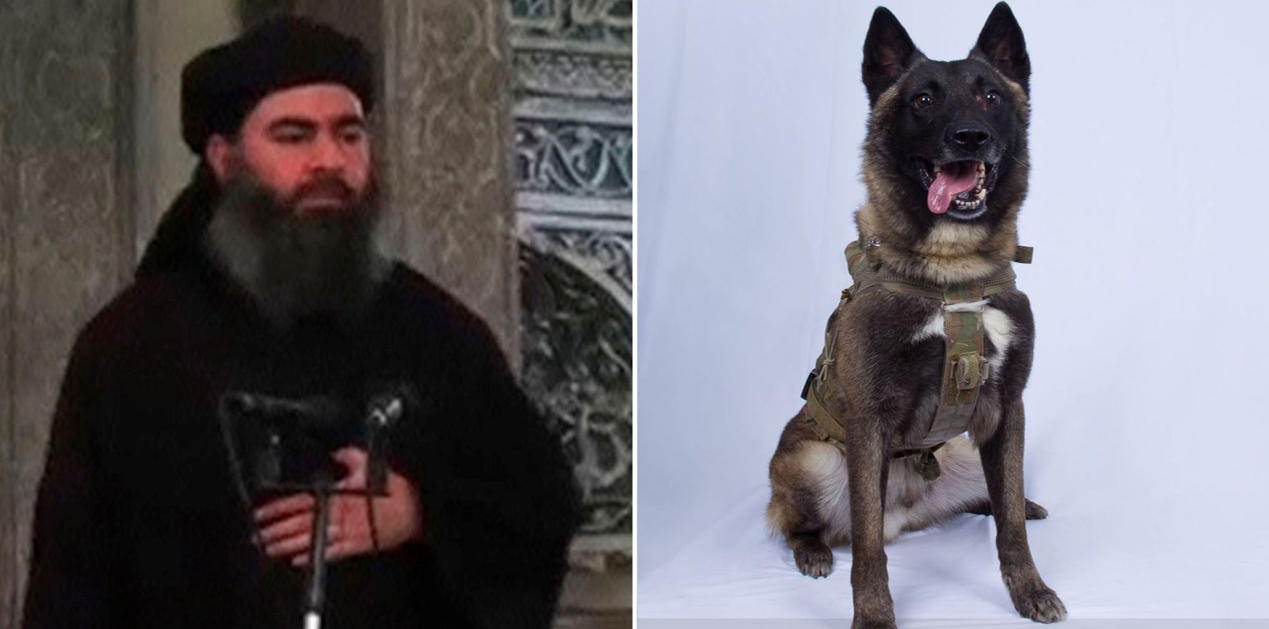
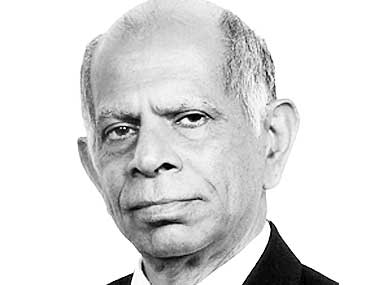



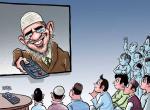
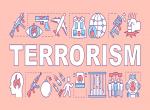
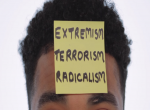

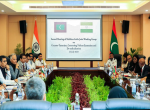
Post new comment